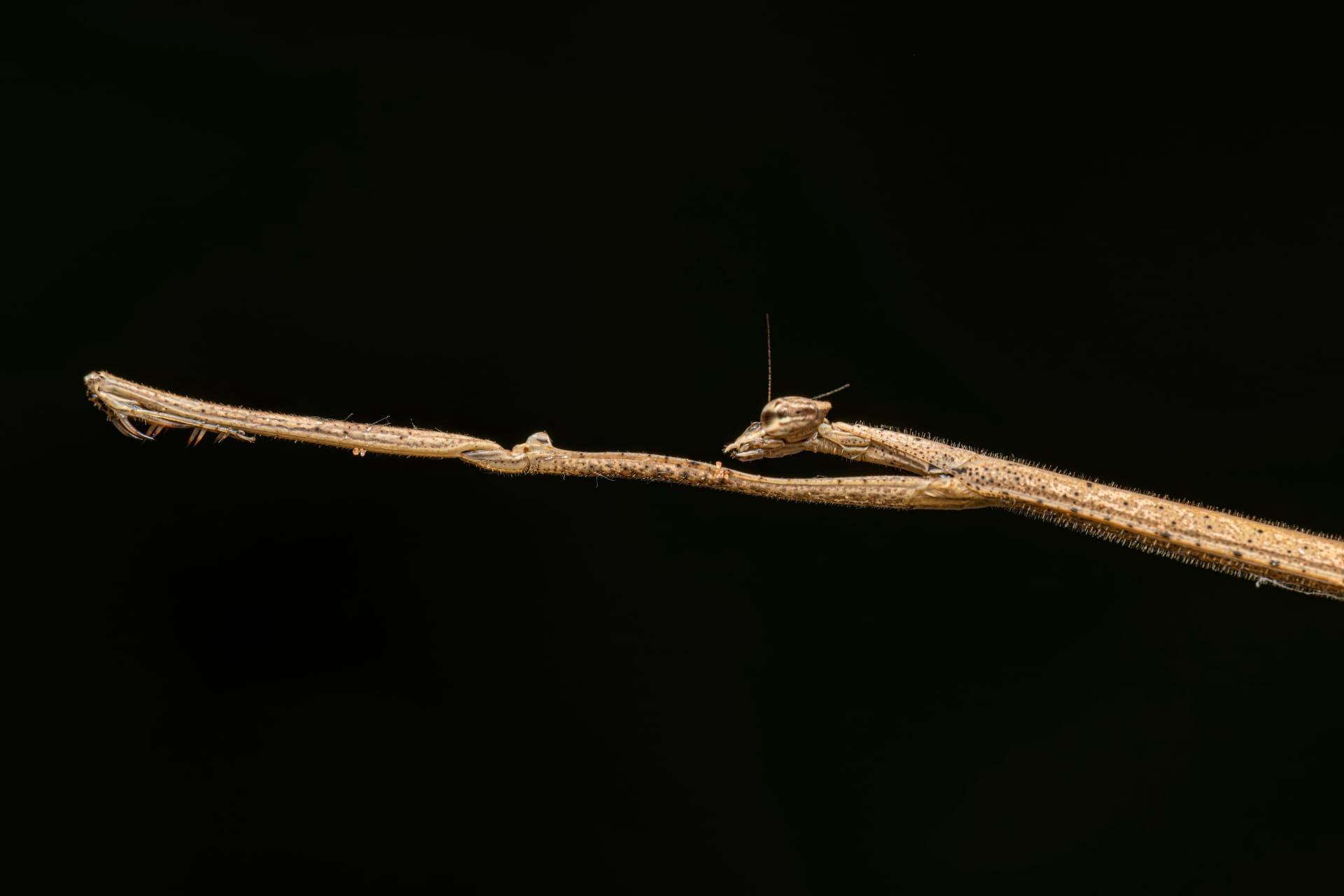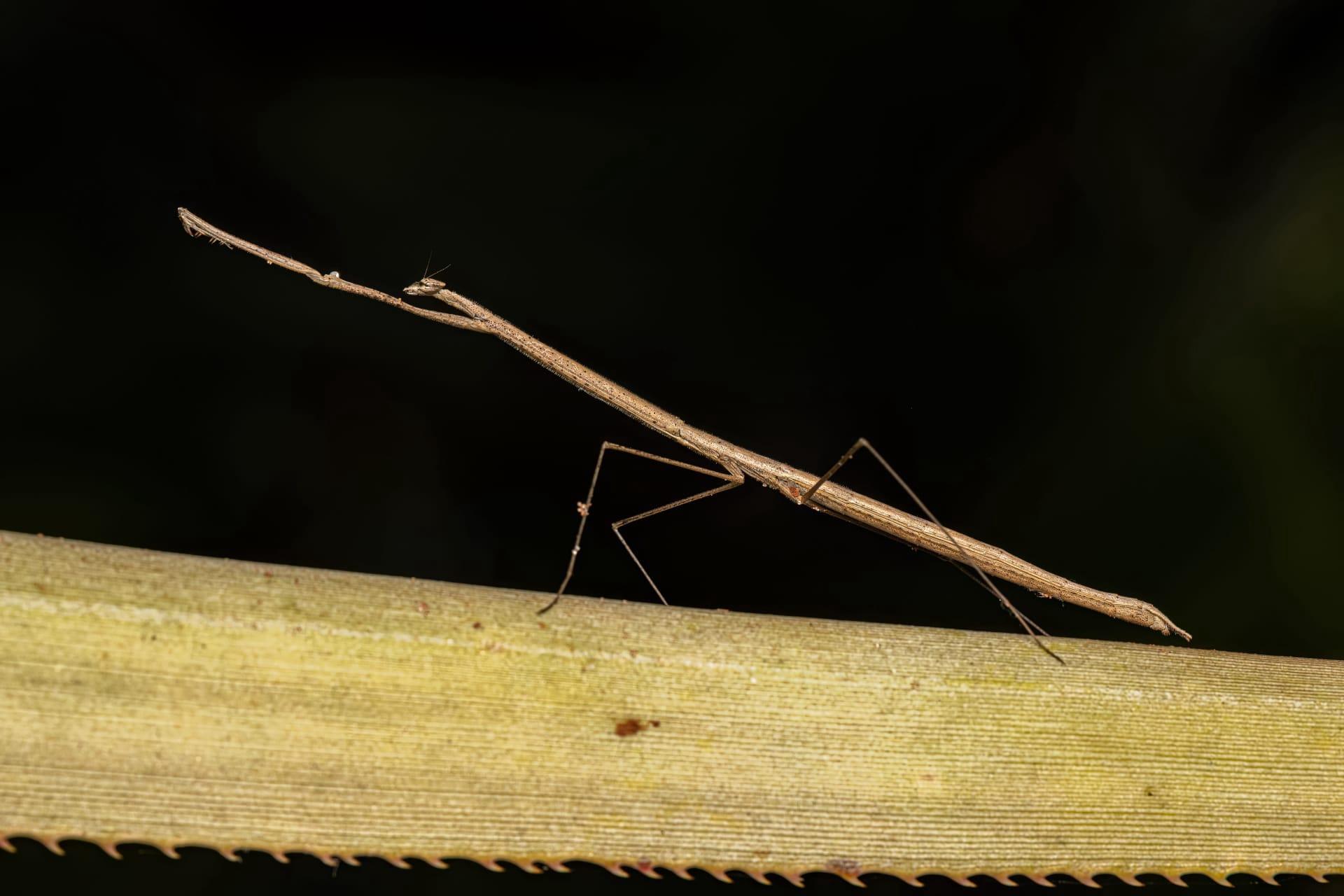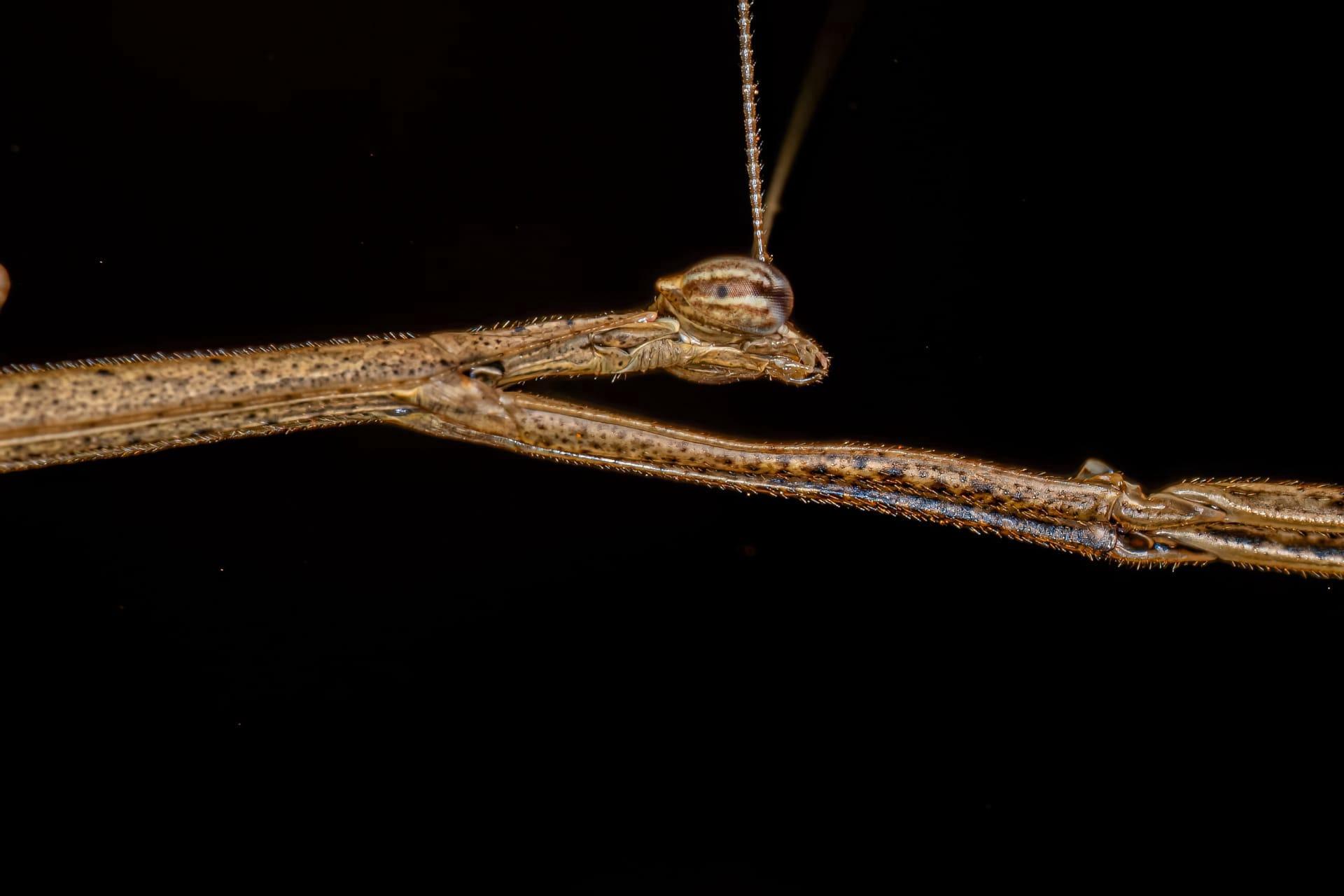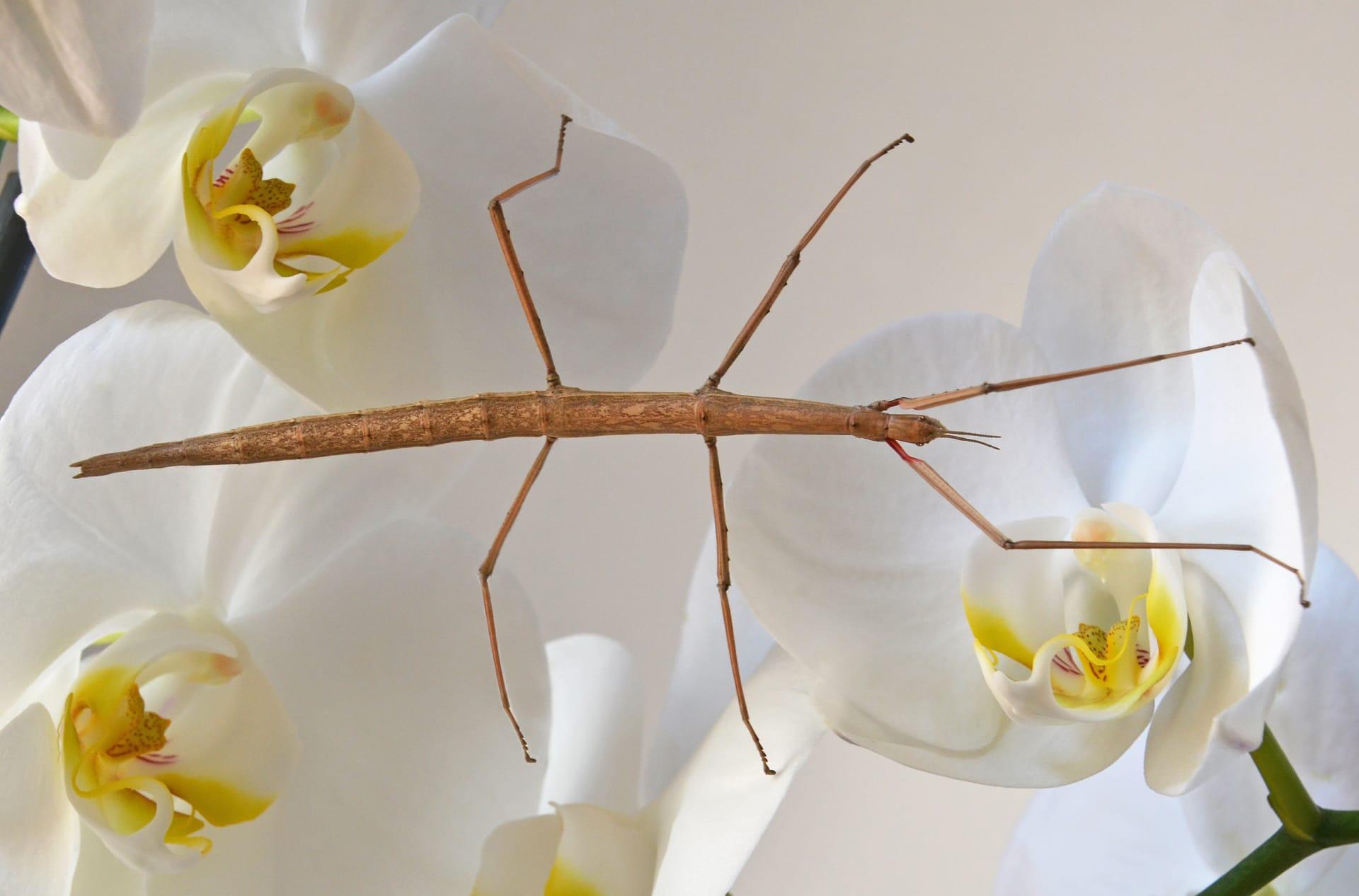Stick Bug Trivia
- Home /
- Trivia Question /
- Animal /
- Stick Bug Trivia
1
Question: How long can stick bugs become, and does their size vary by species?
Answer: Absolutely, the size of stick bugs varies significantly across species. The smallest species measure just about 1.2 inches (3 cm), while the larger ones, like the Phobaeticus chani, can grow up to an incredible 22 inches (56 cm) including their legs. This makes them one of the longest insects in the world. Their body alone can measure up to 14 inches (35.5 cm), which is longer than a standard ruler!
Question: What is the lifespan of stick bugs, and does it differ in captivity?
Answer: Stick bugs generally live for about 1 to 2 years. However, their lifespan can extend significantly in captivity, up to 3 years, due to the absence of predators and controlled environmental conditions. Factors like species, diet, and habitat also play crucial roles in determining their life expectancy. For instance, in the wild, harsh weather and predators can shorten their lifespan.

2
Question: Do stick bugs really practice cannibalism?
Answer: This is a common misconception. While it's rare, some stick bug species might resort to cannibalism under extreme conditions, like severe food shortages. Generally, stick bugs are herbivorous and prefer to munch on leaves. Their diet primarily consists of leaves from plants like bramble, oak, and ivy.
Question: Can stick bugs regenerate lost limbs, and how does this process work?
Answer: Yes, stick bugs have the remarkable ability to regenerate lost limbs, especially during their nymph stages. If they lose a limb, they can regrow it over successive molts. However, the process is slower and less effective in adult stick bugs. This regenerative ability is a survival mechanism that helps them escape predators or recover from injuries.

3
Question: How do stick bugs reproduce, and are there any unique aspects to their reproduction?
Answer: Stick bugs have an interesting reproductive strategy. Many species can reproduce parthenogenetically, meaning females can produce offspring without mating with a male. These offspring are essentially clones of the mother. However, sexual reproduction also occurs in some species, offering genetic diversity.
Question: What kind of defensive mechanisms do stick bugs use to protect themselves from predators?
Answer: Stick bugs are masters of camouflage, blending seamlessly with their surroundings to evade predators. Some species can also play dead, dropping to the ground and remaining motionless when threatened. Additionally, certain species have spines or emit a defensive spray that can deter predators.

4
Question: Are stick bugs solitary creatures, or do they exhibit any social behaviors?
Answer: Stick bugs are primarily solitary creatures. They don't display social behaviors like some insects and spend most of their time alone, camouflaged among leaves and branches. Their solitary nature helps in avoiding detection by predators, which is essential for their survival.
Question: How do stick bugs adapt to different environments, and can they survive in various climates?
Answer: Stick bugs are quite adaptable to different environments but are predominantly found in tropical and subtropical regions. They can tolerate a range of temperatures and humidity levels. However, extreme cold or heat can be detrimental. In captivity, it's important to mimic their natural habitat to ensure their well-being.

5
Question: What is the diet of stick bugs, and how do they feed?
Answer: Stick bugs are herbivores and primarily feed on leaves. They have a preference for leaves from specific plants, such as eucalyptus, oak, and bramble. Their feeding process is quite interesting – they use their strong mandibles to strip off leaves and consume them, usually feeding at night to avoid predators.
Question: Can stick bugs be kept as pets, and what does their care entail?
Answer: Yes, stick bugs can be kept as pets. They require a habitat that mimics their natural environment, with appropriate temperature, humidity, and ventilation. Their enclosure should include branches and leaves for climbing and feeding. Regular cleaning and providing fresh leaves are essential for their care. Stick bugs are relatively low-maintenance pets, making them suitable for enthusiasts of all ages.